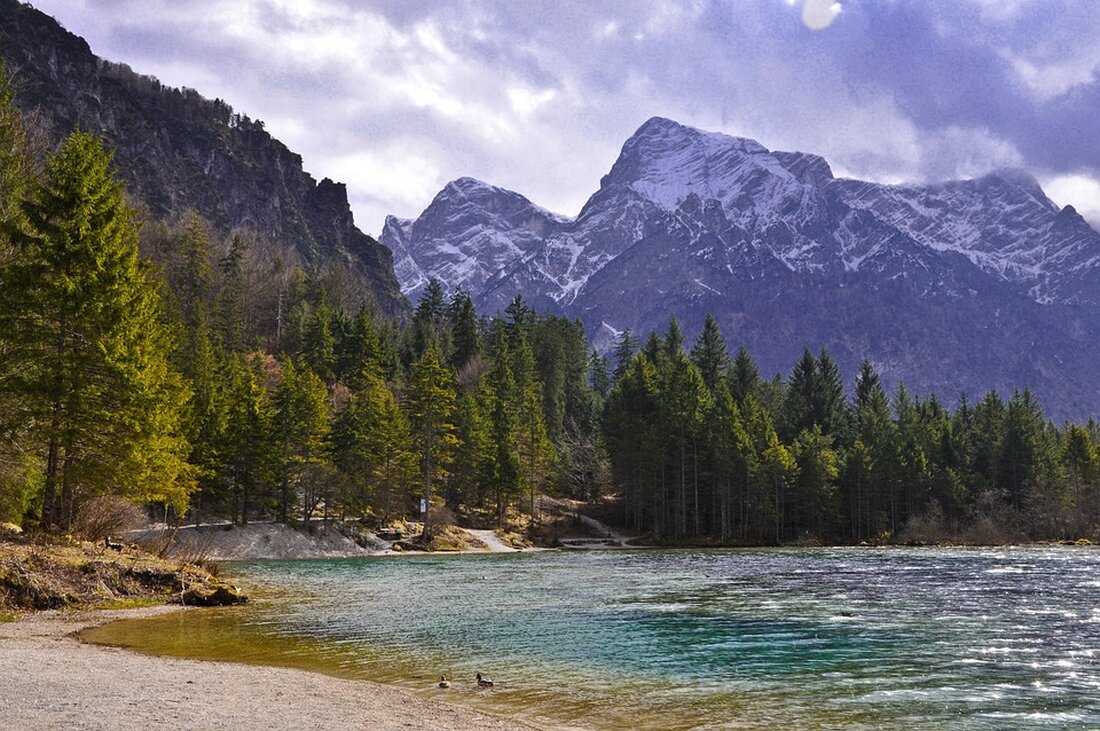Austria's tourism 2025: record numbers and major challenges!
Austria's tourism 2025: record numbers, challenges for businesses and new trends in sustainability and digitalization.

Austria's tourism 2025: record numbers and major challenges!
Austria's tourism industry is facing a paradoxical scenario. After reaching a new high of 154.29 million overnight stays in 2024, the sector continues to develop dynamically, but not without challenges. This is confirmed by a report from Forbes. Vienna in particular set new standards and recorded 19 million overnight stays, marking the most successful year in the city's tourism history. The high demand and the return of international guests are unmistakable, but the impact on different businesses varies greatly.
Larger hotel chains benefit from their centralized purchasing systems and automated operations, which helps them reduce operating costs. In contrast, boutique hotels and holiday apartment providers rely on individuality and local roots in order to stand out on the market. Smaller hotel businesses, on the other hand, are increasingly struggling with rising costs and the challenges of making necessary investments.
Challenges and opportunities for the industry
The changed interest rate situation is making classic financing more difficult. Bank loans have become more expensive and are often difficult to access. According to the Tourism Barometer 2024, around half of the companies plan to reduce their investments. A growing number of smaller companies are turning to crowdinvesting as a financing alternative, especially for regional projects. This development reflects a trend that is becoming increasingly important in the industry.
Investments in digitalization and energy efficiency have positive effects and are crucial for the future of the sector. In addition, the demand for sustainable offerings is constantly increasing, which is used as an important sales argument. Cities like Vienna and Salzburg in particular benefit from their international visibility and well-developed infrastructure.
Regional disparities in tourism development
However, rural regions such as Carinthia and parts of Lower Austria are faced with a decline in overnight stays. Structural problems such as a shortage of skilled workers, a lack of transport connections and a low level of investment momentum increase the challenges in these areas. Nevertheless, rural areas offer potential that could be better exploited through concepts such as slow travel and regional cuisine.
In conclusion, it should be noted that Austrian tourism will face various challenges in 2025. Sustainable growth requires targeted investments in processes, technology and alternative forms of financing. The industry must adapt to ensure long-term success as traveler needs and expectations continue to change. Those interested can find further information on the current situation in the tourism industry in a presentation by Statistics Austria.

 Suche
Suche
 Mein Konto
Mein Konto